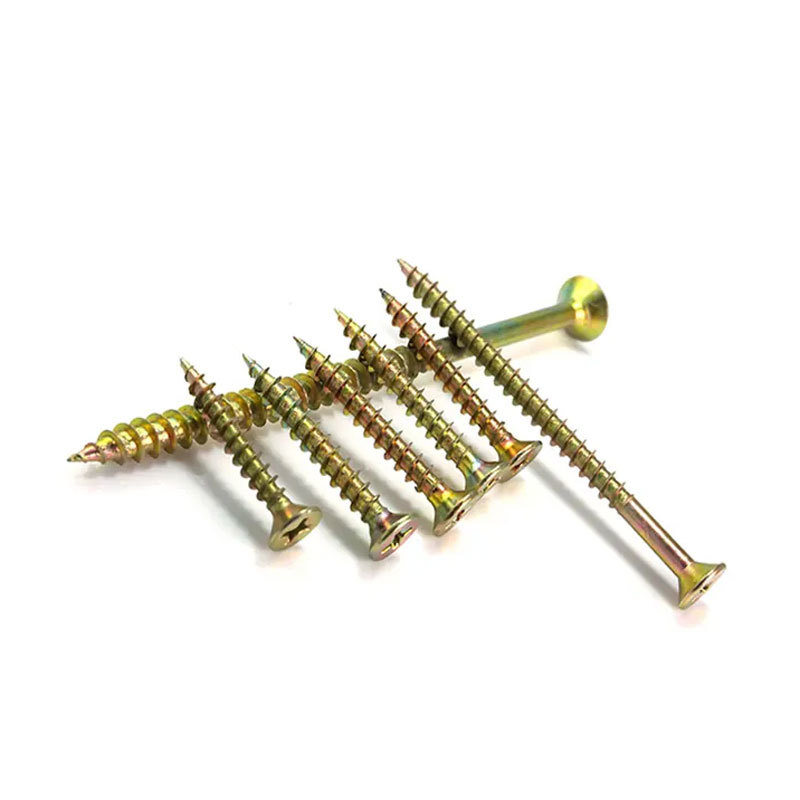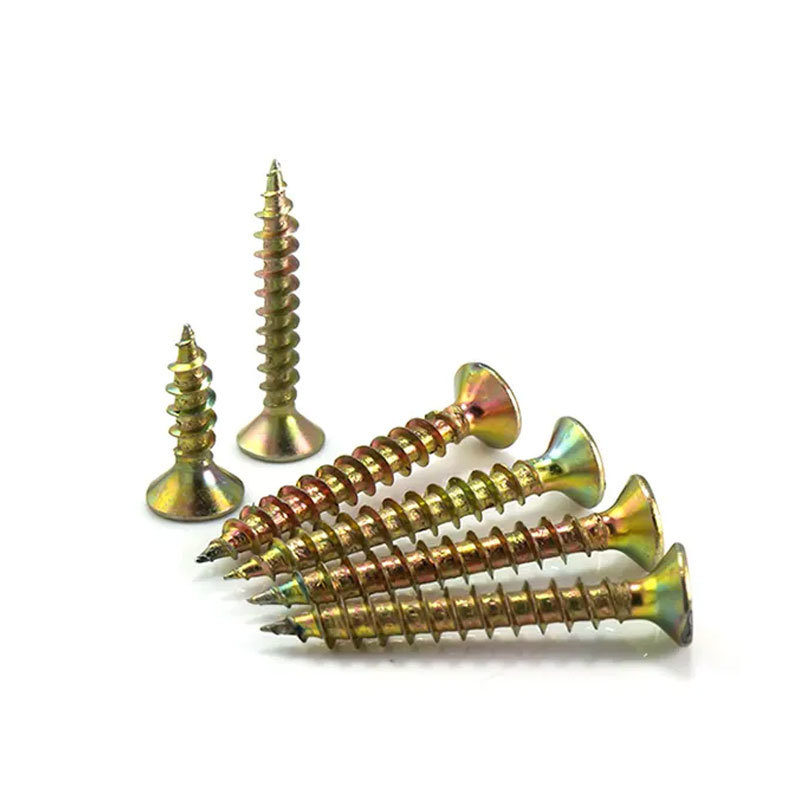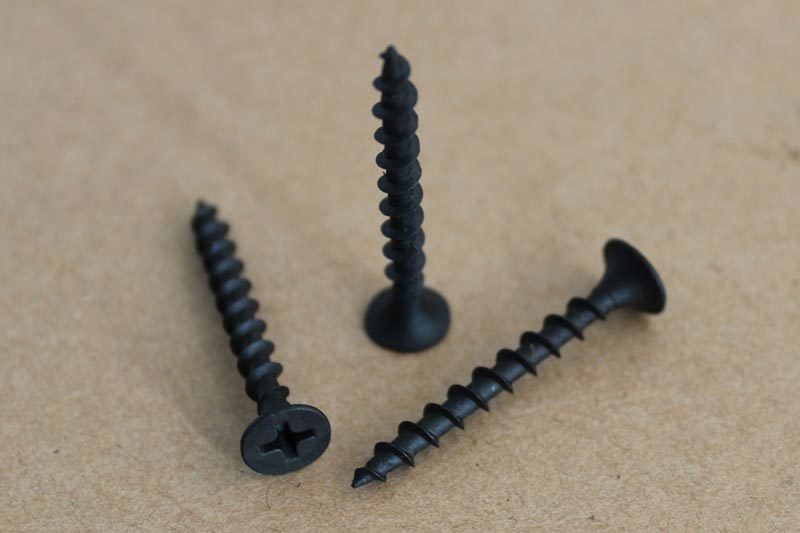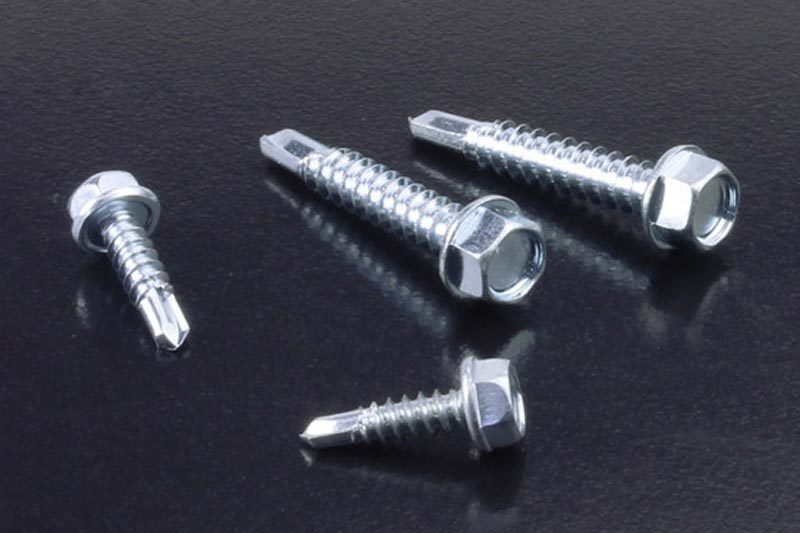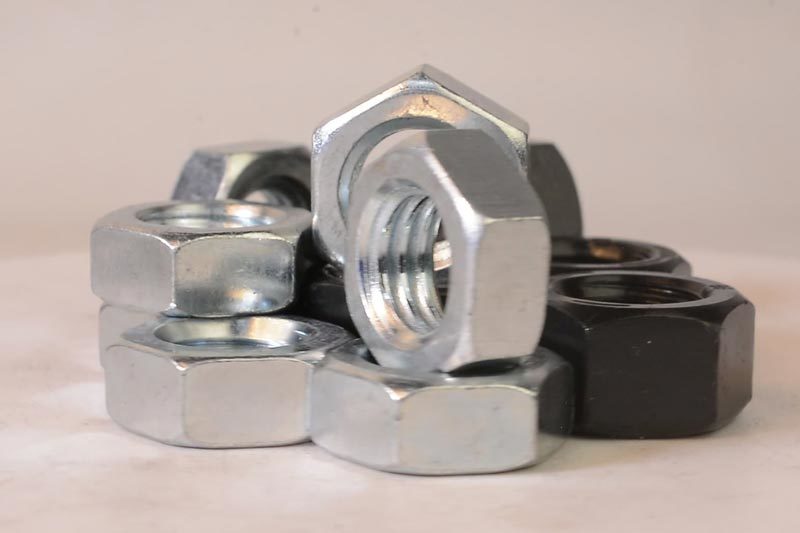The Essential Guide to Countersunk Head Chipboard Screws for Industrial Applications
Release Time:
Apr 23,2025
Countersunk head chipboard screws are a specialized type of fastener designed primarily for use in wood applications, particularly in chipboard, MDF (Medium-Density Fiberboard), and plywood. These screws feature a unique head design that allows them to sit flush with the surface of the material being fastened. This not only enhances the aesthetic appeal of the finished product but also helps to pr

Countersunk head chipboard screws are a specialized type of fastener designed primarily for use in wood applications, particularly in chipboard, MDF (Medium-Density Fiberboard), and plywood. These screws feature a unique head design that allows them to sit flush with the surface of the material being fastened. This not only enhances the aesthetic appeal of the finished product but also helps to prevent snagging and provides a smooth surface for further processing or application.
One of the key advantages of countersunk head chipboard screws is their ability to distribute load evenly across the material. The tapered head of the screw allows it to sink into the material, creating a secure bond that mitigates the risk of splitting, particularly in softer woods or engineered wood products. This characteristic is particularly important in applications where strength and durability are critical, such as in furniture assembly or cabinetry.
In terms of installation, countersunk head chipboard screws are designed for easy driving, often featuring a Phillips or Pozidriv drive that provides better grip and reduces the likelihood of cam-out. This is especially beneficial in professional environments where efficiency and precision are key. Additionally, the use of these screws can significantly reduce the risk of damage to the workpiece, as they require less force to drive into the material compared to other types of screws.
These screws are available in various lengths and diameters, making them versatile for a range of projects. When selecting the appropriate size, it's crucial to consider the thickness of the material and the load requirements of the application. Ensuring the right fit will enhance the overall performance of the assembly and extend the longevity of the assembled product.
Countersunk head chipboard screws are also suitable for use in applications involving laminated surfaces. Their ability to sink flush with the surface helps maintain the integrity and appearance of the laminate, making them a preferred choice for manufacturers of furniture and cabinetry. Moreover, the use of these screws can facilitate easier surface finishing, as any visible fasteners can be minimized or concealed, allowing for a cleaner, more professional look.
In conclusion, countersunk head chipboard screws are an essential component in the realm of industrial fasteners. Their design not only ensures a secure and aesthetically pleasing finish but also provides the necessary strength for a range of applications. Understanding the benefits and applications of these screws can help professionals make informed choices that enhance both efficiency and product quality in their projects. By selecting the right fastener for the job, businesses can improve their manufacturing processes and deliver superior products to their clients.
One of the key advantages of countersunk head chipboard screws is their ability to distribute load evenly across the material. The tapered head of the screw allows it to sink into the material, creating a secure bond that mitigates the risk of splitting, particularly in softer woods or engineered wood products. This characteristic is particularly important in applications where strength and durability are critical, such as in furniture assembly or cabinetry.
In terms of installation, countersunk head chipboard screws are designed for easy driving, often featuring a Phillips or Pozidriv drive that provides better grip and reduces the likelihood of cam-out. This is especially beneficial in professional environments where efficiency and precision are key. Additionally, the use of these screws can significantly reduce the risk of damage to the workpiece, as they require less force to drive into the material compared to other types of screws.
These screws are available in various lengths and diameters, making them versatile for a range of projects. When selecting the appropriate size, it's crucial to consider the thickness of the material and the load requirements of the application. Ensuring the right fit will enhance the overall performance of the assembly and extend the longevity of the assembled product.
Countersunk head chipboard screws are also suitable for use in applications involving laminated surfaces. Their ability to sink flush with the surface helps maintain the integrity and appearance of the laminate, making them a preferred choice for manufacturers of furniture and cabinetry. Moreover, the use of these screws can facilitate easier surface finishing, as any visible fasteners can be minimized or concealed, allowing for a cleaner, more professional look.
In conclusion, countersunk head chipboard screws are an essential component in the realm of industrial fasteners. Their design not only ensures a secure and aesthetically pleasing finish but also provides the necessary strength for a range of applications. Understanding the benefits and applications of these screws can help professionals make informed choices that enhance both efficiency and product quality in their projects. By selecting the right fastener for the job, businesses can improve their manufacturing processes and deliver superior products to their clients.
Key words:
News Hotspot















